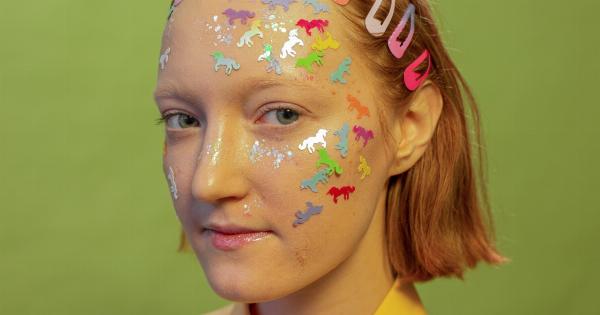When it comes to breeding puppies, there are several pitfalls that novice breeders often fall into. Without proper knowledge and guidance, these pitfalls can lead to various problems and difficulties in the breeding process.
Whether you are an aspiring breeder or someone interested in the subject, it is crucial to be aware of these common pitfalls and learn how to avoid them. In this article, we will discuss ten key pitfalls that you should keep in mind to ensure successful and responsible puppy breeding.
1. Lack of Proper Research
One of the biggest mistakes in puppy breeding is starting without conducting thorough research.
It is essential to educate yourself on the breed you are interested in breeding, including its health issues, temperament, and specific breeding requirements. Understanding breed standards, genetic concerns, and potential hereditary problems will help you make informed decisions throughout the breeding process.
2. Breeding Without Health Certification
Breeding dogs that haven’t been properly health tested is a significant pitfall. Dogs should undergo health screenings to ensure they are free of genetic conditions common to their breed.
Failing to do so can result in puppies inheriting serious health problems, which can be detrimental to their quality of life. Always ensure both parent dogs have appropriate health clearances before proceeding with breeding.
3. Ignoring the Importance of Genetics
The genetic makeup of parent dogs plays a significant role in determining the traits and health of their offspring.
Breeding dogs with poor conformation, temperament issues, or underlying health problems can lead to a multitude of complications in the puppies. It is crucial to select breeding pairs carefully, considering their lineage and genetic history, to minimize the risk of passing on undesirable traits.
4. Overlooking Responsible Breeding Practices
Another pitfall to avoid is neglecting responsible breeding practices. Breeding solely for profit or without considering the wellbeing of the dogs can have serious consequences.
Responsible breeding involves ensuring the health and happiness of both parent dogs, providing adequate prenatal and postnatal care, as well as finding suitable homes for the puppies. Skipping any of these steps can result in negative outcomes.
5. Lack of Socialization
Puppies that are not adequately socialized often face behavioral issues later in life. Proper socialization involves exposing puppies to various people, animals, and environments to help them develop into well-adjusted dogs.
Breeders must take the time to introduce their puppies to different stimuli and experiences during their critical socialization period between three to sixteen weeks of age.
6. Inadequate Time and Space
Successful puppy breeding demands a significant investment of time and space. It is crucial to have the necessary resources to devote to both the parent dogs and the puppies.
Breeding dogs should have ample space for exercise and mental stimulation, ensuring their overall well-being. Likewise, puppies need a clean and secure area where they can grow and develop with appropriate care and attention.
7. Lack of Financial Preparedness
Many breeders underestimate the financial costs associated with responsible puppy breeding. From health tests and regular veterinarian visits to necessary supplies for the puppies, breeding can be a costly endeavor.
Having a financial plan in place will help ensure you can provide proper care to both the parent dogs and puppies without compromising on their well-being.
8. Failing to Screen Potential Buyers
Placing puppies in the right homes is of utmost importance. Failing to screen potential buyers can result in puppies ending up in unsuitable environments or falling into the wrong hands.
Implementing a thorough screening process that includes background checks, interviews, and home visits can help ensure that your puppies go to responsible, knowledgeable, and caring individuals or families.
9. Not Having a Contract
Having a written contract can protect both the breeder and the buyer. The contract should outline the responsibilities and expectations of both parties, including health guarantees, return policies, and any other relevant information.
A well-drafted contract helps prevent misunderstandings and potential conflicts in the future, promoting a smooth and transparent relationship between the breeder and the buyer.
10. Neglecting Lifelong Support
Puppy breeding doesn’t end once the puppies are placed in their new homes. Breeders have a responsibility to provide lifelong support and guidance to puppy buyers.
Being available to answer questions, providing advice on training, diet, and general care shows that you genuinely care about the well-being of the puppies you’ve brought into the world. This ongoing support builds trust and strengthens your reputation as a reputable breeder.





























